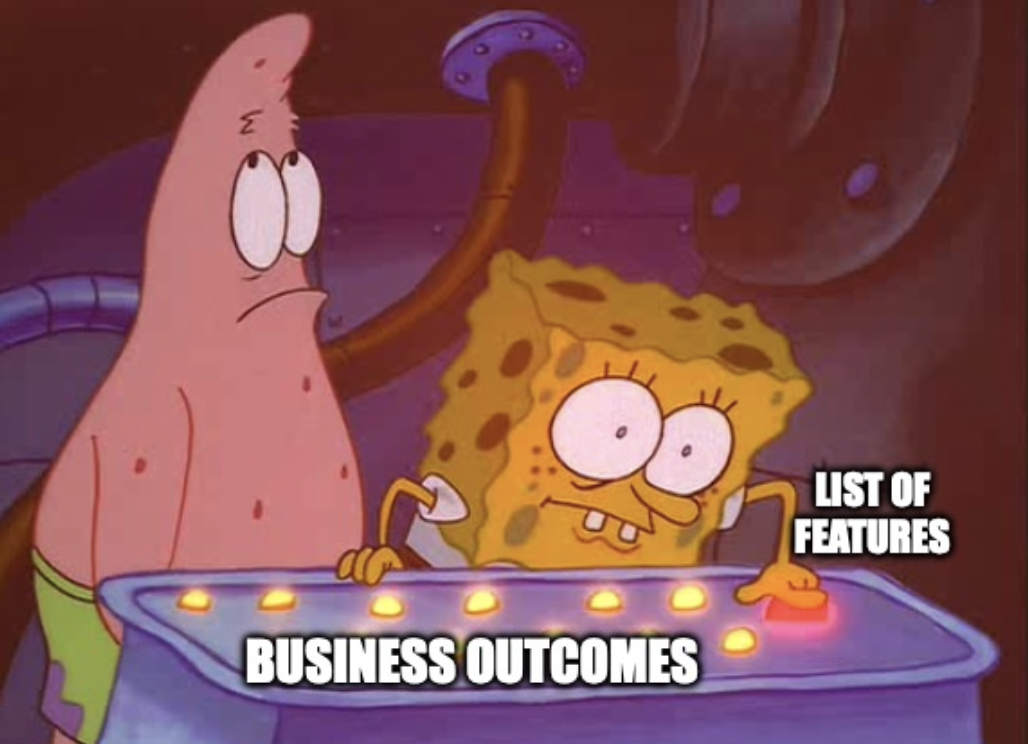Top 5 Mistakes Sales Leaders Make When Evaluating AI Tools in 2025
Executive Summary
In August 2025, MIT published a landmark study titled "The GenAI Divide: State of AI in Business 2025." Their findings? 95% of enterprise generative AI pilots fail to deliver measurable ROI.
For sales leaders evaluating AI for coaching, pipeline reviews, deal health, or forecast management, the risk is simple: without a rigorous evaluation lens, you risk joining those 95%. The problem isn't a lack of AI options—it's choosing poorly.
Boston Consulting Group reported that 74% of companies still struggle to achieve and scale value from AI. Meanwhile, McKinsey's 2024 State of AI survey showed 65% of companies already using GenAI—demand is real, execution isn't. You are not choosing between AI or no AI. You are choosing between AI that moves revenue and AI that becomes shelfware. The difference is how you evaluate.
5 Mistakes Sales Leaders Often Make When Evaluating AI Tools
Below are five of the most common traps we've seen—with data, narratives, and recommendations so you don't fall into them.
1. Starting with Feature Lists Rather Than Business Impact
They ask vendors to showcase feature lists and get dazzled by demo magic.
- According to MIT's study, many pilots fail because the AI doesn't move needles.
- Many AI sales case studies show that outcome wins (win rates, cycle time, deal size) come from application to high-leverage problems, not flashy features.

- List 3–5 outcomes to improve (e.g., ±5% forecast accuracy, 20% slip reduction).
- Define unit of value for each and force vendor mapping from feature to outcome with a 90-day expectation.
2. Treating AI as a "Sidecar" Instead of Core Engine
They buy dashboards or summaries that live outside core workflows.
- Per MIT's study, many pilots stall because the tools are not deeply embedded into daily workflows.
- Success comes when AI runs the meeting and lives inside CRM and review workflows.
- Insist AI "lives inside" pipeline reviews/CRM to eliminate context switching.
- Pilot embedded workflows with adoption gates over 2–4 weeks.
3. Ignoring Change Management & Forcing Usage by "Hope"
Assume the tool will be used because it's smart.
- Adoption drag—not tech—kills most AI pilots.
- Optional usage yields 20–30% adoption at best.

- Gate usage in recurring rituals (e.g., forecasts require reviewing AI-flagged deals).
- Train power users first and monitor usage rigorously.
4. Assuming AI Works "Out of the Box" Without Context or Tuning
Expect generic models to immediately produce accurate insights.
- Generic models misread your stages and language without domain adaptation.
- Lack of feedback loops prevents learning from manager overrides.
- One compendium of AI sales use cases stresses that the AI must understand your sales motion, not just generic best practices.

- Validate on your own closed-won/lost deals; benchmark predictions in 30–90 days.
- Require feedback loops so the system improves with context.
5. Poor Metrics & No Accountability for Proof of Value
Launch pilots without success metrics or timelines.
- No baselines = no measurable impact; stories replace substance.
- Define 2–4 metrics (win rate delta, slip reduction, forecast variance, coaching coverage) and baseline pre-pilot.
- Ask vendors for a value commitment and structure go/no-go gates at 90 days.
Adopt a revenue-first evaluation narrative that works in the field
Anchor on one or two revenue problems that will change the quarter. If discovery is shallow and deals stall at stage one, don't pilot a generic summarizer. Pilot a system that injects deal-specific checklists before the call, tracks adherence after the call, and exposes discovery quality to managers during pipeline reviews. That's a business system—not a feature list.
When Versa Networks mapped their evaluation to that kind of system design, the results were measurable and public: managers and reps saved 2+ hours/week, pipeline quality improved ~20%, and win rates rose by ~10%. Bureau saw a 30% increase in deal conversions and ~1 hour/day saved per rep with stricter discovery checklists tied to coaching and CRM updates.
The common thread: neither treated AI as a sidecar. They put it in the driver's seat of repeat meetings and decisions—shifting from pilot theater to a new operating model.



